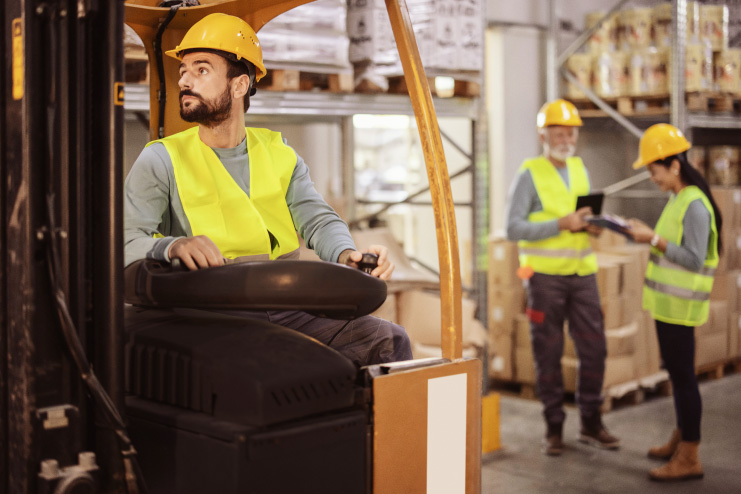Workplace accidents are a devastating reality that can have serious ramifications for the workers, communities, and businesses involved. Workplace injuries, whether caused by a factory fire, a chemical spill, or an oil rig explosion, can result in loss of life, environmental damage, and irreparable harm to a company’s reputation.
In this article, we’ll look at several real-world examples of industrial accidents that have harmed businesses and the steps they took to improve as a result of them.
DuPont: In 2014, DuPont was fined $16.5 million after it was revealed that the company had exposed workers to dangerous chemicals at its plant in La Porte, Texas. Four workers died due to the exposure, and several others were seriously injured. In response, DuPont increased its safety precautions, enhanced its worker training programs, and reaffirmed its commitment to sustainability and environmental responsibility. To improve its safety measures, DuPont invested in new technology. The company implemented a new safety management system that detects potential hazards and prevents accidents before they happen by using real-time monitoring and data analysis.DuPont also invested in new training programs for workers, which use virtual reality simulations to help employees learn about safety procedures and understand the dangers of certain chemicals.The company’s efforts demonstrate that even in the wake of a disaster, it’s possible to take positive steps to protect workers and improve overall operations.
Walmart: In 2012, a fire at a factory in Bangladesh that supplied goods to Walmart resulted in the deaths of over 100 workers. The tragedy brought attention to the dangerous working conditions in the country’s garment industry and led to widespread criticism of Walmart’s labor practices. In response, Walmart committed to improving factory safety in Bangladesh and invested in new technology to improve conditions for workers and promote responsible sourcing practices. The company developed new tools to monitor factory working conditions in its factories, implemented new processes for auditing suppliers, and strengthened its commitment to transparency and ethical sourcing practices. Walmart’s efforts demonstrate its commitment to improving conditions for workers and promoting responsible sourcing practices.
BP: In the aftermath of the Deepwater Horizon disaster in 2010, BP faced widespread criticism over its safety practices and the environmental impact of the spill. In response, BP invested heavily in new technology to improve its safety procedures and reduce the risk of future accidents. The company developed new tools to monitor well conditions in real-time, improved its incident response capabilities, and implemented new processes for risk assessment. BP’s efforts demonstrate that even in the face of a major crisis, a company can take positive steps to rebuild its reputation and improve its operations.
ExxonMobil: In 1989, the Exxon Valdez oil spill resulted in one of the worst environmental disasters in U.S. history. The spill seriously damaged the reputation of ExxonMobil and led to widespread criticism of the company’s environmental practices. In response, ExxonMobil improved its environmental policies and developed new tools to monitor the condition of its pipelines in real-time, improved its incident response capabilities, and implemented new processes for risk assessment. The company’s efforts show that it takes its environmental responsibilities seriously and is committed to improving its practices.
Workplace accidents are extremely damaging to a company’s reputation, but how you handle them will determine if that reputation stick. By implementing relevant technologies and software, businesses can take decisive actions in strengthening safety standards and protecting their workers. Artificial intelligence (AI) is becoming more prevalent in a variety of industries. It can automate repetitive tasks and processes; an AI-powered robot can be used to perform material handling and assembly tasks, freeing up human workers to focus on more complex and value-added tasks. AI integration has provided numerous benefits to businesses, including real-time monitoring, data analysis, and virtual reality simulations. These tools offer powerful ways for businesses to improve their safety practices, reduce the risk of accidents, and rebuild their reputation as responsible corporate citizens.
Learn more about how Aicadium View is using AI to provide valuable insights into workplace safety and productivity.






